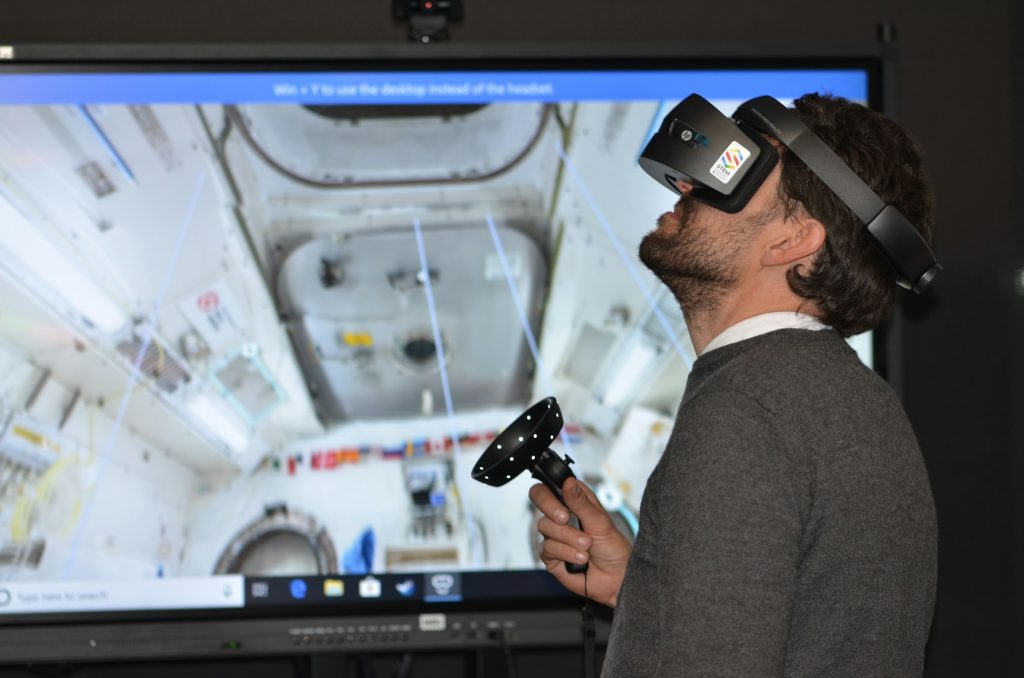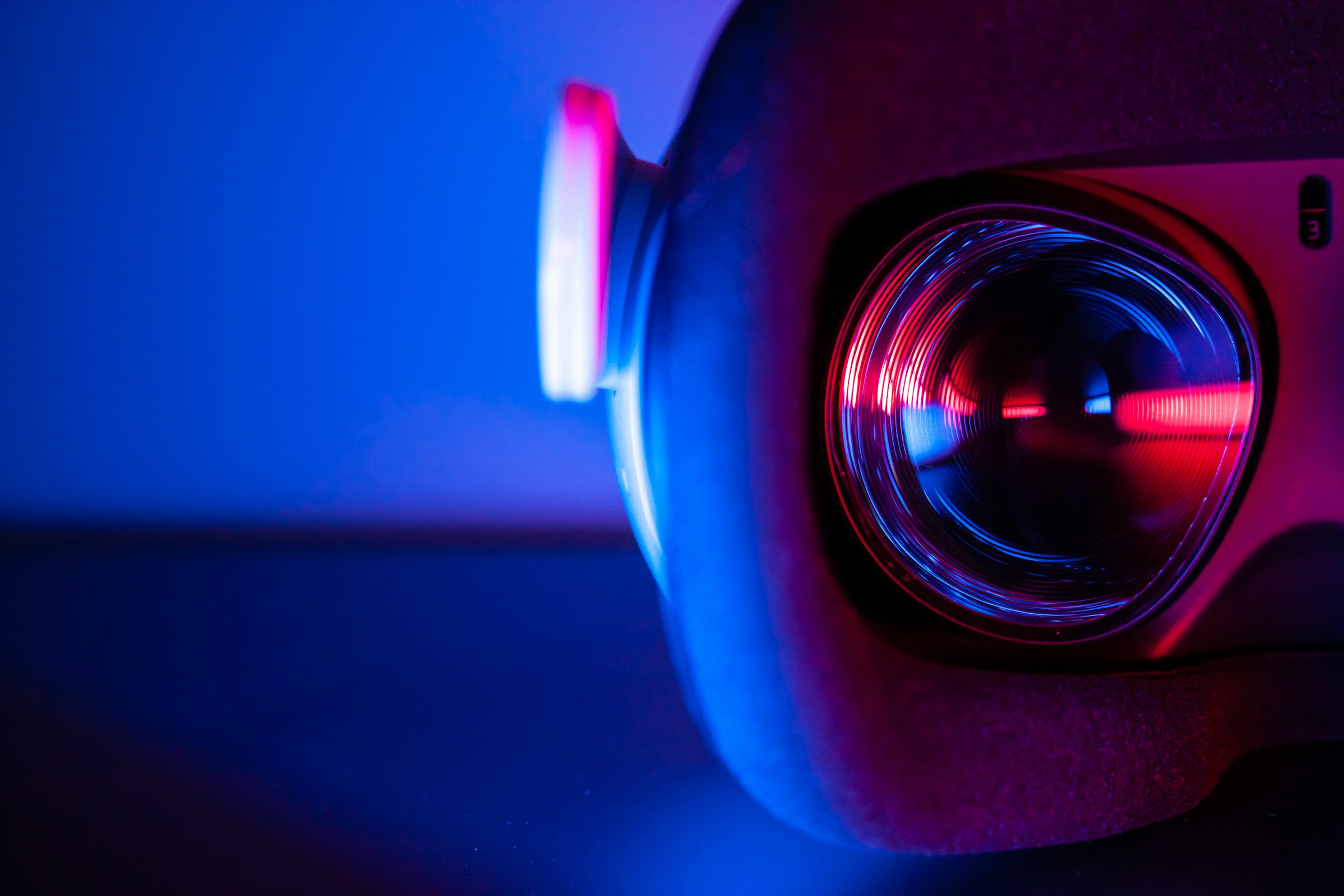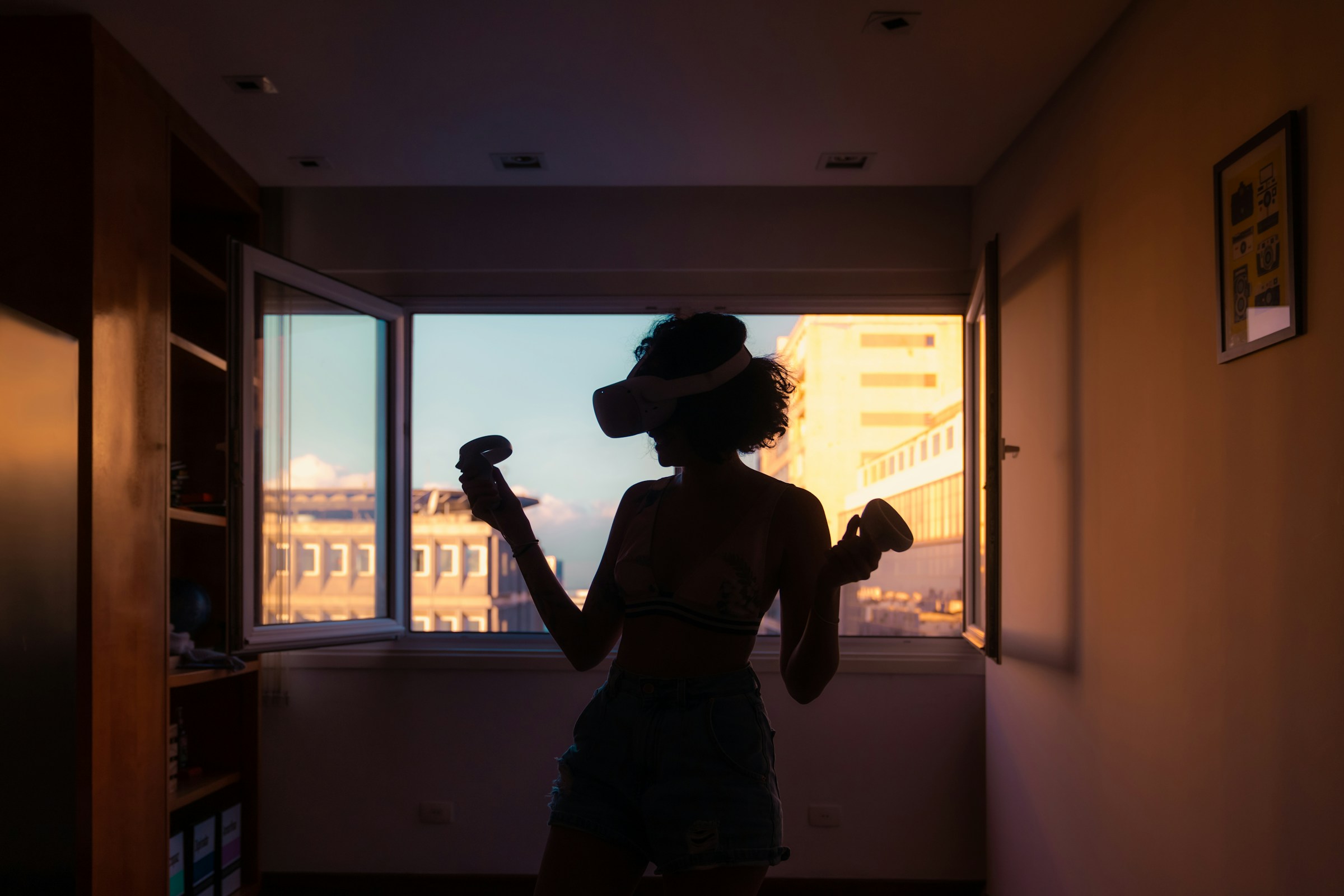Innovative Examples of Augmented Reality in Retail
The retail industry has been evolving rapidly in recent years, driven by advancements in digital technologies that enhance customer engagement and shopping experiences. One of the most transformative technologies in this space is Augmented Reality (AR). By blending the physical and digital worlds, AR for retail has become a powerful tool that enables brands to create immersive, interactive, and highly personalized experiences for customers.
From virtual try-ons and product visualization to in-store navigation and interactive marketing, AR is reshaping how consumers discover, evaluate, and purchase products. Below are some of the most innovative examples of augmented reality in retail, demonstrating how companies around the world are leveraging this technology to drive sales and customer loyalty.
1. Virtual Try-Ons for Fashion and Beauty
One of the earliest and most popular uses of AR for retail is in the fashion and beauty sectors. Virtual try-on technology allows customers to see how products will look on them without physically wearing or applying them. This innovation reduces hesitation and returns while increasing purchase confidence.
- Sephora’s Virtual Artist: Sephora introduced an AR-powered app that lets users test thousands of makeup products virtually. By using facial recognition, customers can see how lipsticks, foundations, and eyeshadows appear on their faces in real time.
- Warby Parker’s AR Try-On: The eyewear brand Warby Parker integrated AR into its app, allowing users to virtually try on glasses using their smartphone camera. This feature has significantly improved the online shopping experience by bridging the gap between digital and physical retail.
- Gucci and Nike: Both fashion giants have experimented with AR sneakers try-ons through mobile apps, giving shoppers a realistic preview of footwear styles on their feet.
These virtual try-on tools not only enhance customer convenience but also make the shopping journey more playful and engaging—transforming browsing into an interactive experience.
2. AR Product Visualization for Furniture and Home Décor
For products that are large or difficult to imagine in one’s space, AR visualization offers a practical and compelling solution. AR for retail helps customers see how furniture or home décor items will look in their own environment before making a purchase.
- IKEA Place: IKEA’s AR app allows users to place true-to-scale 3D models of furniture in their homes. Shoppers can see whether a sofa fits in a living room corner or how a lamp complements their interior design.
- Wayfair and Houzz: Both companies offer similar AR experiences where users can virtually “place” products in their homes through their smartphones. This reduces purchase uncertainty and drives higher conversion rates.
By using AR visualization, retailers can minimize returns, increase customer satisfaction, and boost overall confidence in online furniture shopping.
3. Interactive In-Store Experiences
While e-commerce has greatly benefited from AR, physical retail stores are also adopting the technology to enhance the in-store journey. AR for retail environments creates engaging, memorable experiences that blend entertainment with product education.
- Lowe’s Holoroom How-To: Home improvement retailer Lowe’s launched an AR experience that teaches customers how to complete DIY projects, such as tiling a bathroom or installing a faucet. This hands-on learning experience encourages customers to buy tools and materials from the store.
- Timberland’s Virtual Fitting Room: Timberland’s AR-powered window display allowed passersby to “try on” outfits virtually. Shoppers could see themselves wearing different clothing items without even stepping inside.
- LEGO Stores: LEGO introduced AR kiosks that bring boxes to life—when a customer points a tablet at a product box, they see a 3D animation of the completed set in action.
By merging digital storytelling with in-person retail, these brands are redefining what a trip to the store feels like—turning it into an interactive adventure.
4. AR Advertising and Product Discovery
Augmented reality is not only transforming the shopping experience but also revolutionizing how brands advertise their products. AR for retail marketing offers dynamic and immersive ad formats that encourage interaction and emotional connection.
- Snapchat and Instagram AR Filters: Many brands use social media AR filters to let users “try” products or engage with branded experiences. For example, luxury brands like Dior and Louis Vuitton use AR filters to let users virtually wear accessories or preview fashion collections.
- Pepsi’s AR Bus Shelter Campaign: In one of the most famous AR marketing stunts, Pepsi transformed a London bus stop into an immersive AR screen, showing UFOs and tigers appearing in the street. The campaign went viral, showcasing how AR can capture attention and create memorable brand experiences.
- Zara’s AR Displays: Zara integrated AR into store windows and packaging—when shoppers point their phones at these displays, digital models appear wearing the latest collection, seamlessly blending the online and offline shopping worlds.
These innovative campaigns highlight how AR for retail can extend brand reach, drive social sharing, and elevate engagement beyond traditional advertising.
5. AR for Personalization and Customer Engagement
Personalization is key to modern retail success. Augmented reality enables brands to tailor experiences based on individual preferences and behaviors, providing an unmatched level of customization.
- Nike Fit: Nike’s AR feature scans customers’ feet to recommend the perfect shoe size, reducing return rates and ensuring a comfortable fit.
- Amazon’s AR View: This feature helps users visualize products in their environment while offering tailored recommendations based on previous purchases and browsing history.
- Cosmetics Brands: AR for retail beauty apps now combine augmented reality with AI to recommend shades and styles based on skin tone, facial features, and user feedback.
Such innovations enhance satisfaction and encourage repeat business by making customers feel seen and understood.
6. The Future of AR in Retail
The potential of AR for retail continues to expand as the technology becomes more accessible and integrated into everyday devices. The rise of 5G, smart glasses, and AI-driven personalization will make AR experiences even smoother and more immersive.
We can expect to see more omnichannel AR ecosystems, where customers seamlessly transition between online, mobile, and in-store experiences. Retailers that adopt AR early are likely to stand out for their innovation, customer engagement, and forward-thinking approach.
Conclusion
Augmented Reality is no longer a futuristic concept—it is a present-day retail strategy driving innovation across industries. Whether through virtual try-ons, product visualization, or interactive marketing campaigns, AR for retail empowers brands to connect with customers in new and meaningful ways.
As consumers increasingly seek convenience, personalization, and entertainment in their shopping experiences, AR stands out as a technology that meets all three demands. The brands that embrace it today are not just improving sales—they are shaping the future of retail itself.




